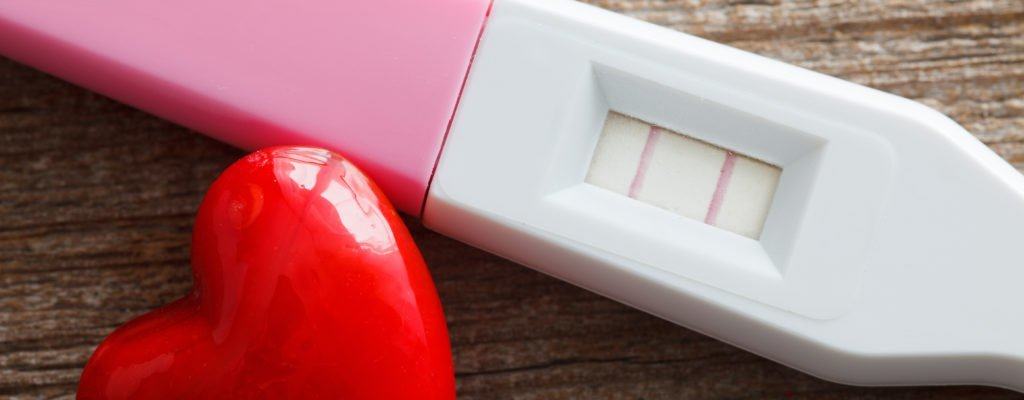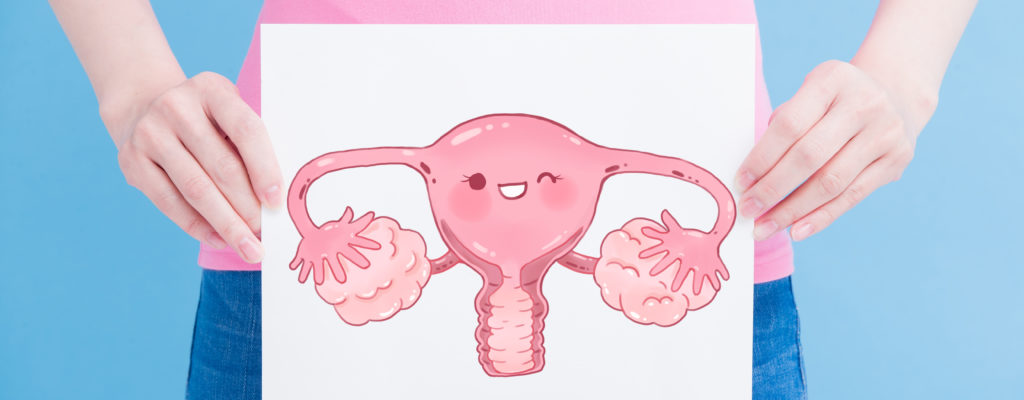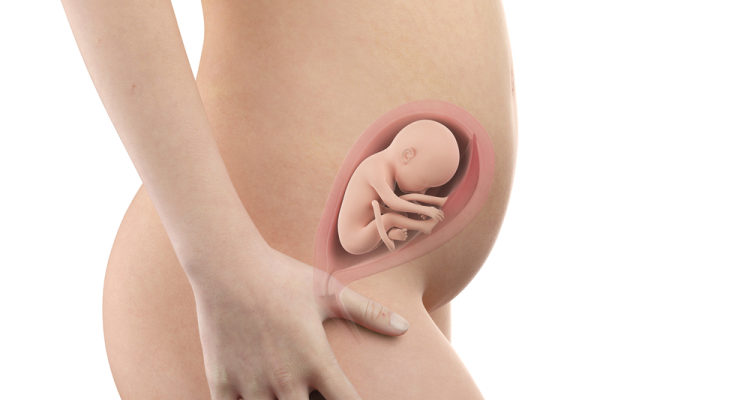The tooth comb is a serious pregnancy complication. This happens when the placenta grows "ingested" too deeply into the uterine wall.
Many pregnant mothers wonder what vegetables and combs are and affect the baby in the womb. Usually, the placenta automatically separates from the uterine wall after the fetus is born. For the situation of the placenta with combs, part or the whole of the placenta will still stick to the wall of the uterus after the mother has given birth. This can cause serious blood loss after giving birth.
The coiled placenta is considered a high-risk pregnancy complication. During pregnancy, if you are diagnosed with a placenta, your doctor will usually prescribe a cesarean section or even have to remove the death during surgery.
Signs of together with comb teeth
The bristled placenta usually causes no signs or symptoms during pregnancy. Sometimes, vaginal bleeding in the third trimester can happen. Fortunately, the placenta and combs can be detected through periodic ultrasound .
The cause of each other's comb teeth

Currently, it is not known exactly the cause of the tooth comb. But doctors think the condition is related to an abnormality in the uterine lining and high levels of alpha-fetoprotein, a protein produced by the fetus.
The above abnormalities may come from scarring of the uterus after cesarean section or surgery of the uterus. These scars allow the placenta to grow too deep into the uterine wall. Pregnant women whose cervix partially or completely covers the cervix is also at an increased risk of encountering a placenta.
In addition, each caesarean section will contribute to making pregnant mothers more susceptible to this condition. The more cesarean section, the higher the risk of having tooth combs.
Diagnostic form
Your doctor usually performs some tests to make sure the placenta doesn't develop into the uterine wall if you have certain risk factors.
Some common tests to check the placenta include imaging tests, such as an ultrasound or magnetic resonance imaging (MRI) scan and a blood test to check levels of alpha-fetoprotein.
Who is at risk for this?
Some factors that are thought to increase the risk of developing this condition in pregnant women include:
Each striker
Pregnant when over 35 years old
The placenta is located in the lower part of the uterus
An abnormality in the uterus, such as scarring or fibroids
Surgery of the uterus in the past such as a cesarean section or surgery to remove fibroids ...
Combination treatment method

Each case of each other using combs is different. If it is determined that the pregnant mother has this condition, the doctor will create a plan to make sure the baby can be born safely.
If the condition is serious, surgery will be given. First, the doctors conducted caesarean section. Next, they may have a hysterectomy to prevent serious blood loss that could occur if part or all of the placenta becomes attached to the uterus after the baby is born.
If you still want to be pregnant again, the surgeon will leave part of the placenta in the uterus to preserve fertility. However, the likelihood of having complications during pregnancy is also higher and the likelihood of successful conception is quite low.
Possible complications
Joint implants can cause serious health complications, including:
Preterm birth
CKD
Problems with blood clotting
Serious bleeding
Pregnancy failure or respiratory distress syndrome in adults.
Like all surgeries, performing a cesarean section and a hysterectomy to remove the placenta from the body can cause complications for the mother. Possible variables are:
Reaction to anesthesia
Incision infection
Increased bleeding
Damage to other internal organs such as the kidneys if the placenta is already attached to this area.
Besides, risks to the baby during a cesarean section are rare but include surgical trauma or breathing problems. Sometimes doctors leave the placenta intact in your body, because it can be eliminated over time. But doing so runs the risk of serious complications, including:
Infection
Pulmonary embolism
Vaginal bleeding affects life
Surgery to remove the uterus in the future
Complications during pregnancy, such as miscarriage, premature birth ...
Can this be prevented?
The answer to this situation is no. Although medicine is currently very developed, scientists have yet to find a way to prevent placenta and comb teeth from occurring during pregnancy.
If properly diagnosed and treated, you will recover completely without any long-term complications.
You may be interested in the topic:
How dangerous is uterine prolapse during pregnancy?
Pregnancy after menopause, pregnant mothers need to pay attention to?
5 benefits of lychee for pregnant women not everyone knows













